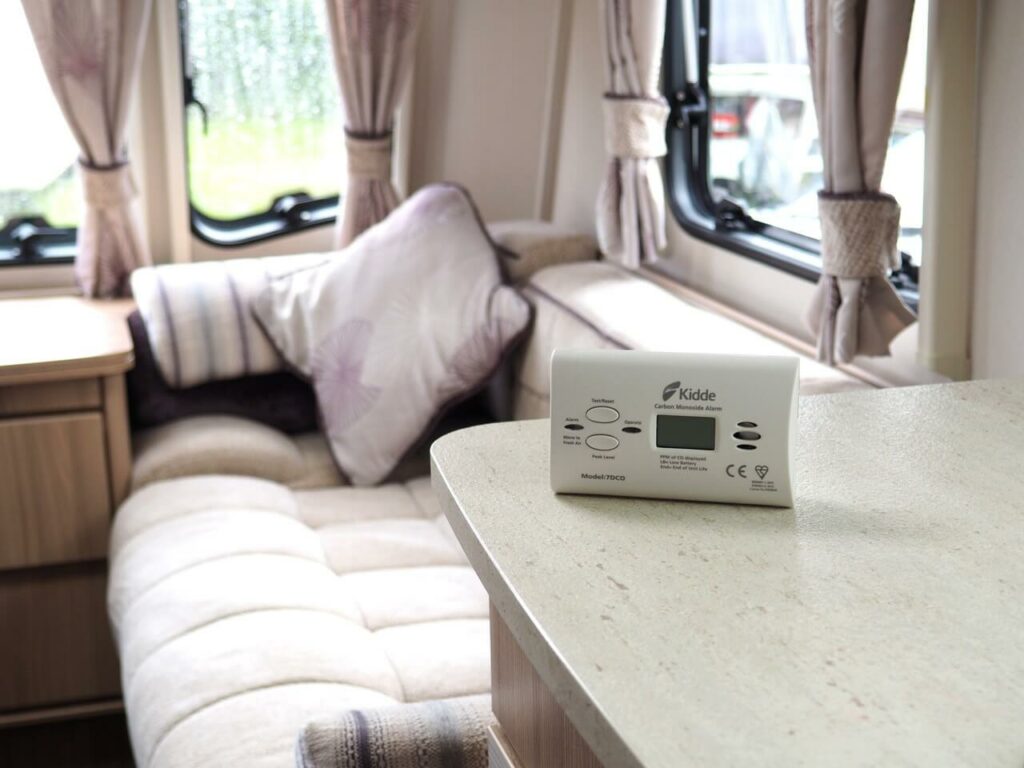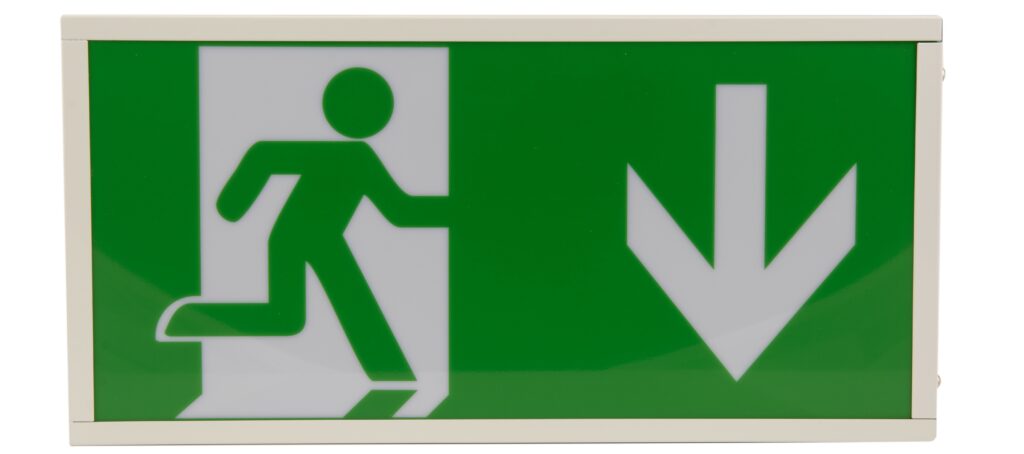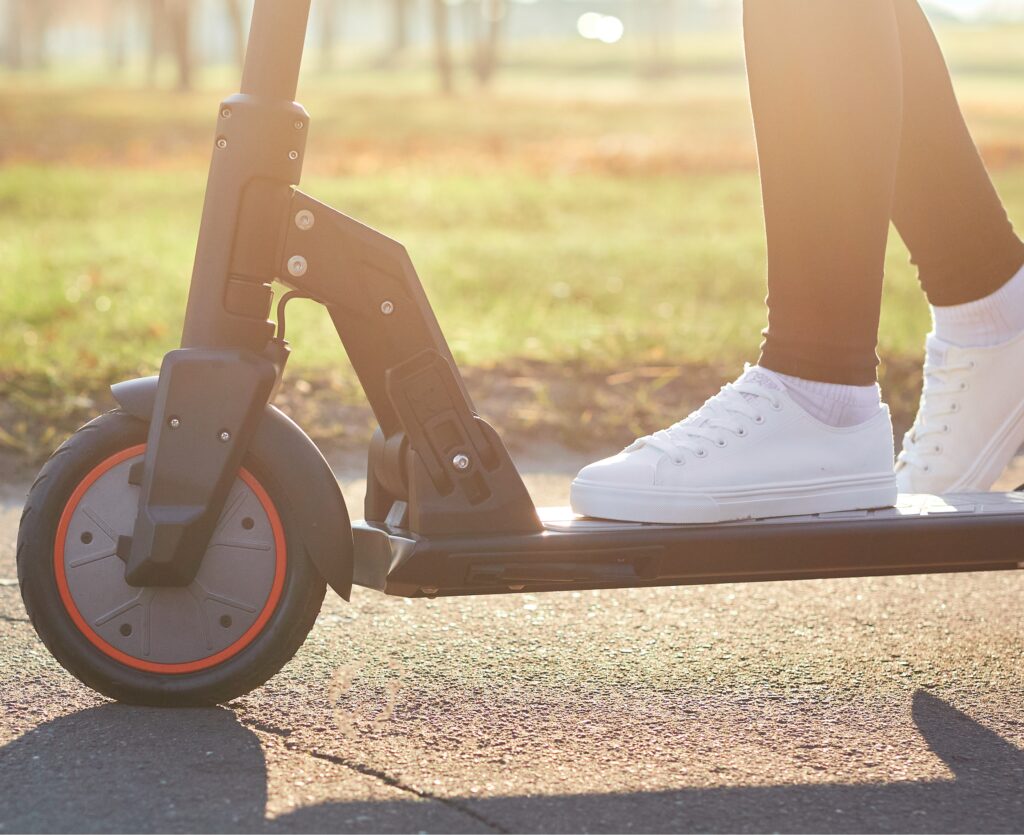Tuesday 30th April 2024

Why are fire doors so heavy?
Fire doors are usually heavier than non-fire rated doors due to their flame-resistant construction. However, because doors are hung on hinges, the force required to open day-to-day wouldn’t be noticeably greater than opening a ‘normal’ door. Fire doors feel heavy because of the door closers attached to them. These are installed to ensure that the fire door is kept shut when not in use, and are shut in the event of a fire.
Can fire doors be held open?
For people with mobility issues, heavy fire doors can be challenging. It can be tempting to deactivate door closers or prop fire doors open. However, this is unsafe, as it could allow a fire to spread through a building uncontrolled. Responsible Persons therefore have a legal duty to ensure that door closers are effective and maintained.
To overcome this issue, safe and legal ‘hold open’ devices have been developed. These can be installed during construction or retrospectively to improve accessibility for disabled people, older people, and young children.
According to the Equality Act 2010, employers have a duty to make reasonable adjustments where necessary for anyone with a disability. Under the same act, landlords are required to make reasonable changes to accommodate disabled tenants, and can access funding to do so. Installing hold open devices is a simple solution to heavy fire doors, which improves accessibility.

Holding open fire doors for people with disabilities
Fire door retainers improve accessibility for people with mobility issues, older people, and young children. Some devices attach to a fire door and an adjacent wall, allowing it to be ‘held’ in the open position through electromagnets. Other devices use a ‘plunger’ at the bottom of the door to fix the door open. When the fire alarm is activated, the devices are deactivated and the door closer will shut the door. Different devices detect this activation either through sound, or electronically.
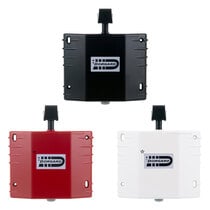
- Hold fire doors open legally
- Wire-free plunger based door holder
- Certified to BS EN 1155:1997 & BS EN 1634
- Acoustically triggered at 65dB
- FREE extended 5 year warranty
- FREE shipping
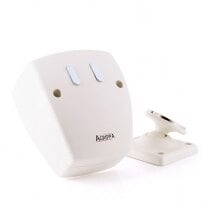
- A legal fire door holding open solution
- Acoustically triggered by the specific sound of your fire alarm
- Wire-free magnetic door holder device
- Certified to BS EN 1155:1997
- FREE extended 5 year warranty
- FREE shipping
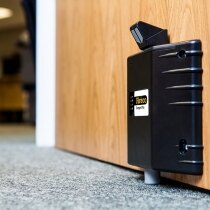
- Safe & legal system to hold open fire doors
- Acoustic and wireless activation technology
- Certified to BS EN 1155:1997
- Safelincs EXCLUSIVE extended warranty
- FREE site survey
Fire doors in care homes
Hold open devices for heavy fire doors are particularly useful in care homes, where beds and wheelchairs are transferred between rooms. This can also improve independence for those with frailty and weakness associated with ageing in a care setting.
How to make heavy fire doors easier to open
As an alternative to fire door retainers, electronic fire door closers have been developed to reduce the force needed to open the door during normal use. This can make heavy door easier to open.
When ‘on’, these devices have a significantly reduced closing force, allowing the door to swing freely, like a normal door. When the fire alarm is activated, as with traditional retainers, the free swing function will deactivate, causing the fire door closer to shut the door.
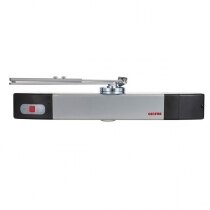
- Fixed power size EN 4
- Door operates without resistance in normal use
- Adjustable closing speed and latching action
- Capable of learning the fire alarm sound
- Wireless installation and programming
- 12 month manufacturer's warranty
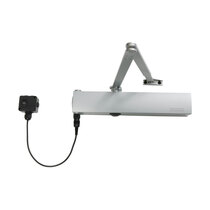
- Door operates without resistance in normal use
- Adjustable power size EN 1-6
- 120 minute fire rating
- Adjustable closing speed and latching action
- 12 month manufacturer's warranty
Heavy fire doors can cause issues for lots of people, particularly those who are less mobile. Installing hold open devices, such as free swing door closers or fire door retainers, helps to improve accessibility. If you are unsure which device is most suitable for your needs, or would like to book a site survey for one of our retaining systems, call our friendly and knowledgeable fire door team at 0800 433 4289 or email firedoors@safelincs.co.uk.
How heavy is a fire door?
Standard internal doors in a house usually weigh between 20kg and 50kg. Fire rated doors are often much heavier due to their reinforced construction. An average FD30 (30 minute) fire door weighs around 45kg, while FD60 (60 minute) fire doors can be over 75kg.

